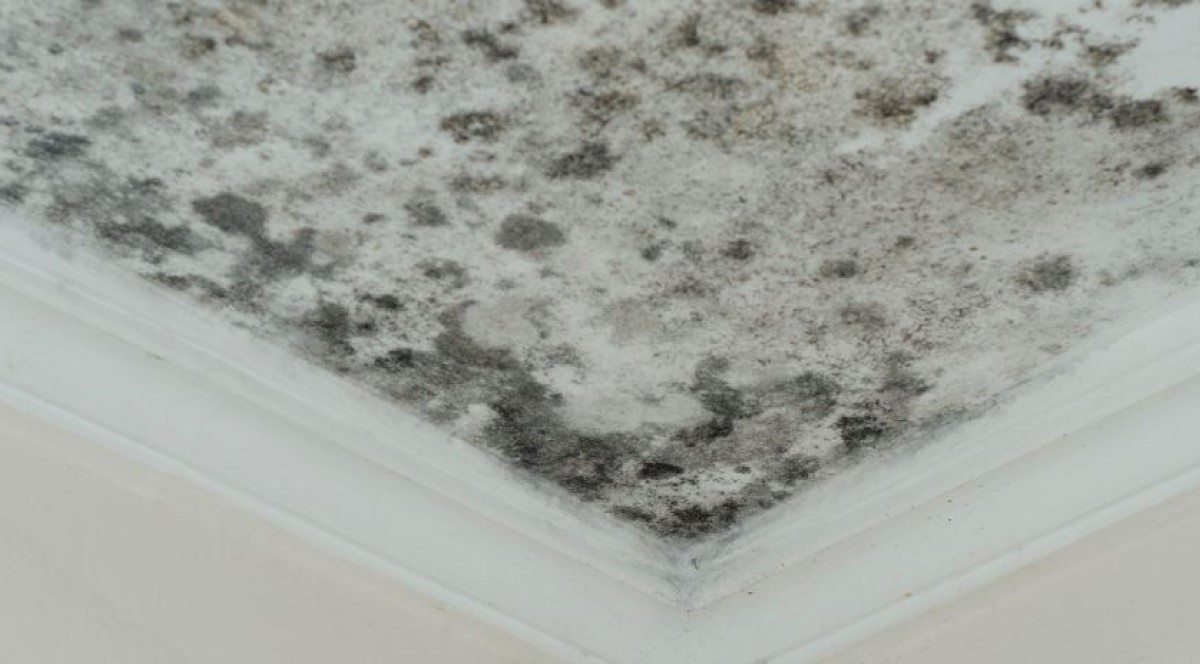Renting a property comes with its joys and challenges, and one challenge that can significantly impact the well-being of tenants is the presence of mold. Mold growth in rental properties is not only a health concern but can also lead to disputes between landlords and tenants if not handled appropriately. In this comprehensive guide, we’ll explore the responsibilities of both parties when it comes to mold removal Toronto and highlight best practices for maintaining a healthy living environment in rental properties.
Landlord Responsibilities
- Providing a Safe and Habitable Environment
Landlords have a legal obligation to provide tenants with a safe and habitable living space. This includes addressing issues related to mold, which can pose health risks.
- Conducting Regular Inspections
Landlords should conduct routine inspections of the property, including areas prone to moisture buildup such as basements, bathrooms, and kitchens. Regular inspections help identify and address mold issues early on.
- Addressing Water Leaks and Moisture Problems
Landlords are responsible for promptly addressing water leaks, plumbing issues, or any other sources of moisture that could contribute to mold growth. Timely repairs help prevent the conditions conducive to mold infestation.
- Educating Tenants on Mold Prevention
Providing tenants with information on mold prevention measures can go a long way. Landlords can share tips on proper ventilation, using exhaust fans, and reporting leaks promptly.
- Hiring Professional Mold Remediation Services
In cases where mold growth is extensive or poses a health risk, landlords should consider hiring professional mold removal services Toronto. This ensures a thorough and effective removal process.
Tenant Responsibilities
- Reporting Moisture Issues Promptly
Tenants play a crucial role in mold prevention by promptly reporting any moisture issues, leaks, or signs of mold to the landlord. Early detection allows for timely intervention.
- Maintaining Proper Ventilation
Tenants should practice proper ventilation by using exhaust fans in bathrooms and kitchens, ensuring that ventilation systems are functioning correctly, and allowing air circulation in the property.
- Using Mold-Resistant Products
When feasible, tenants can choose mold-resistant products for furnishings and materials in the property. Mold-resistant paint and moisture-resistant building materials can contribute to preventing mold growth.
- Regular Cleaning and Maintenance
Tenants should engage in regular cleaning and maintenance practices to prevent the buildup of dust, dirt, and potential mold spores. Paying attention to high-moisture areas is particularly important.
- Cooperating During Mold Removal
In the event of mold removal, tenants are expected to cooperate with the landlord or hired professionals. This may involve temporarily vacating the property, moving belongings as needed, and following any instructions provided.
Best Practices for Mold Removal in Rental Properties
- Open Communication
Establish open and transparent communication between landlords and tenants regarding mold concerns. Encourage tenants to report issues promptly, and assure them that you, as the landlord, will address the problem promptly.
- Documentation
Both landlords and tenants should document any communication, inspections, or actions taken regarding mold issues. This documentation can be valuable in case of disputes and provides a clear history of mold-related matters.
- Timely Repairs
Landlords should prioritize and execute repairs promptly, addressing water leaks or ventilation issues that contribute to mold growth. Tenants should promptly report any concerns, allowing landlords to take timely action.
- Professional Mold Inspections
In cases of persistent or extensive mold issues, landlords may opt for professional mold inspections. This can provide an unbiased assessment of the situation, helping both parties make informed decisions.
- Clear Lease Agreements
Lease agreements should clearly outline the responsibilities of both landlords and tenants regarding mold prevention and removal. This clarity helps set expectations and reduces the likelihood of conflicts.
- Educational Materials
Landlords can provide educational materials on mold prevention and removal, either as part of the lease agreement or through informational brochures. Informed tenants are more likely to take proactive measures.
- Follow Local Regulations
Both landlords and tenants should be aware of and follow local regulations related to mold remediation. Some areas may have specific requirements that dictate how mold issues should be handled.
Conclusion
Mold removal in rental properties is a shared responsibility between landlords and tenants. By understanding their respective roles and following best practices, both parties can contribute to maintaining a healthy and habitable living environment. Open communication, timely repairs, and a proactive approach to mold prevention create a positive and cooperative relationship between landlords and tenants, fostering a safe and comfortable rental experience for all. To know more about the attic mold removal cost, talk to the experts today.

